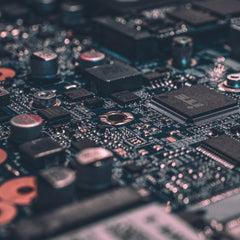
IPv6 and The Internet of Things
A majority of the tech industry has come to accept that the Internet of Things (IoT) will increase in size by the year 2020, enabling around 30 billion internet-connected devices. Internet Protocol Version 4 (IPv4) was the first internet protocol to be released for public use.



